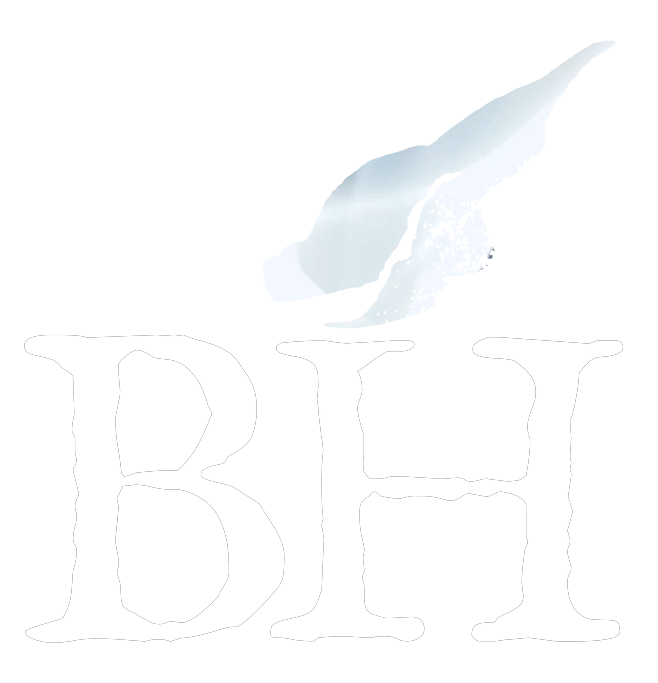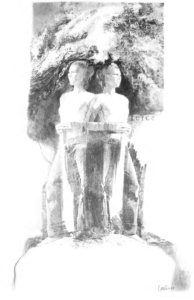I worship You
with primal joy,
Holy Spirit,
Living God.
—Terce refrain
The light of Terce is bright, a sharp spotlight on our work. We have found the rhythm of a focus that has snapped into place, and the last intuition we have is to stop. And yet. Benedict urged stopping at this hour precisely to say, this work is not my purpose. My purpose is to praise God. In fact, monks are encouraged to drop their work tools wherever they are, whatever they are doing, when the bell for Prime rings, to remember God’s presence, and to acknowledge, as Rabbi Abraham Heschel put it, “Just to be is a blessing. Just to live, is holy.”
This hour corresponds to the season beginning with Pentecost. Imagine how the disciples, knowing that Jesus had resurrected from the dead and given them a great commission, were charged with the seriousness and fervor of the task ahead. And yet they were required to wait. And wait. And wait. The Spirit finally descended on them at the third hour: the hour of Terce (Acts 2:15) the same hour, only a few months before, in which Jesus was crucified (Mark 15:25). “The man who can articulate the movements of his inner life . . . is able slowly and consistently to remove the obstacles that prevent the Spirit from entering,” counsels Henri Nouwen in his book The Wounded Healer. “He is able to create space for Him whose heart is greater than his, whose eyes see more than his and whose hand can heal more than his.” If the fire for work comes from our own bellies, we set in motion all things small: personal agendas, careers, professions that will prove inadequate at the end of our lives. As someone observed, no one ever regretted on his deathbed that he did not spend enough time at the office.
If the fire for our vocation comes from the Spirit, the result is miraculously fulfilling. We are taught that the secret to finding our lives is to lose them for the sake of the gospel (Matthew 10:39). Pentecost celebrates the miraculous arrival of the Holy Spirit, sent to give birth to the Church. The Spirit empowered Peter to share the story of the gospel with a crowd that had gathered because the ruckus of the Spirit’s descent called loudly for their attention. At first, they charged the disciples with drunkenness, because their giddy joy was so uncontainable. When Peter explained what had happened, three thousand people “were added to their number.” Three thousand, who became the Church. The spirit of Terce is one of solidarity, of empowering the community to work as one body for the kingdom—wherever we are in the world, alone or apart.
The Spirit that fell at Pentecost is the same spirit within which we live today. It is not something that we make room for in a corner of our hearts, like a piece of furniture. It is rather like stepping from a vacuum into open air. Terce marks a necessary stopping to call the Spirit down upon our work so that we may continue fueled not by calculation but by obedience, not by might but by the Spirit, not by duty but by joy. “He will yet fill your mouth with laughter,” Job assures us, “and your lips with shouts of joy” (8:21).
The personality of Terce is characterized by this joy, joy that is prompted by gratitude. Joy is alive—a vivacious, sweet, tender, and powerful woman walking alongside to whom one can, every morning, express thanks for God’s blessings. Though the Hour’s prayers are short, they are potent then, and they are merely a respite from the work that calls anew on the heels of those prayers. Artist Denise Klitsie says of the return to work: “the space in your head where you need to go in order to interact with the work is sacred. Allow yourself to say all the things in you to say. Go deep. Accept. Trust. Go into the images.” The work remaining to be done is the same as when we stopped to pray, but we are different when we return.
excerpt from Praying the Hours in Ordinary Life (Cascade Books, 2010),
illustration by Denise Louise Klitsie


